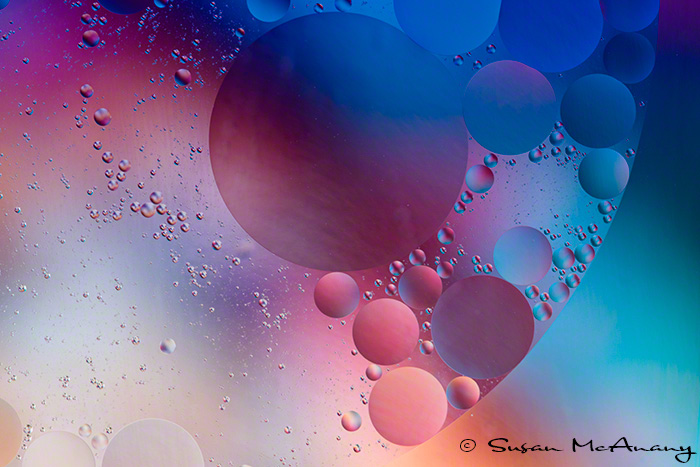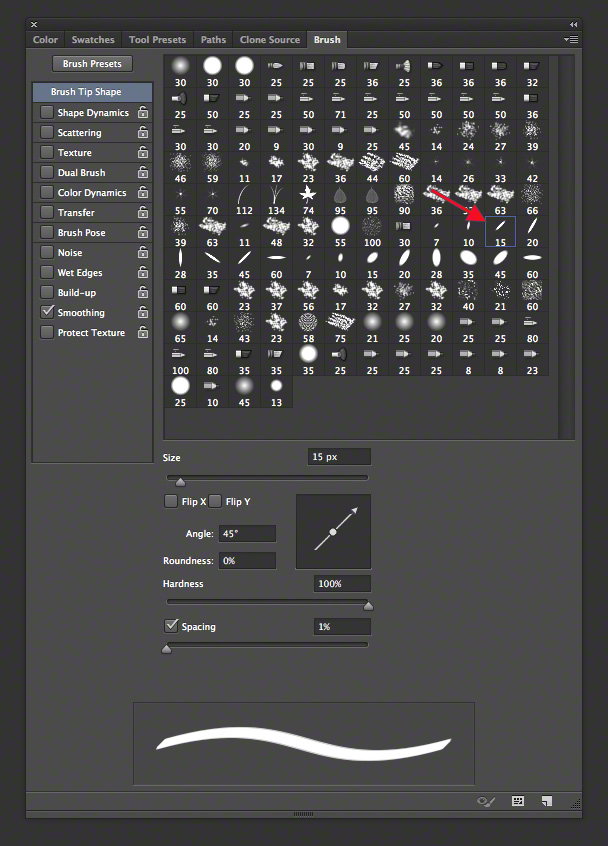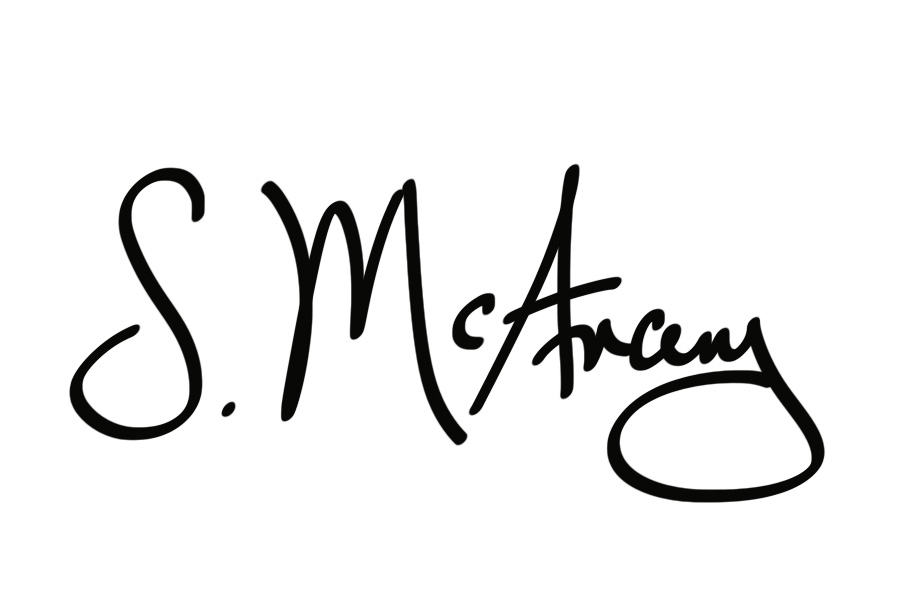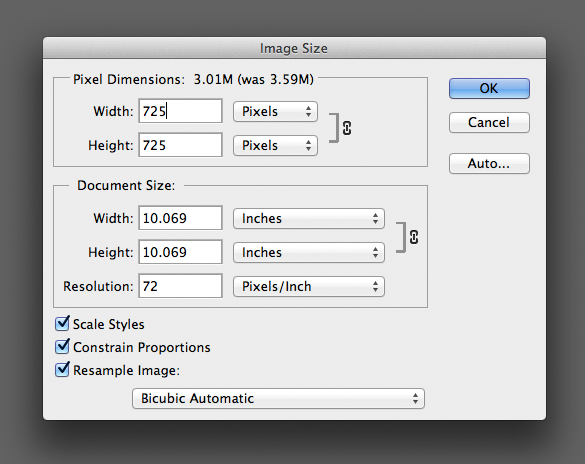Recently I had to mentally review tips for getting sharp images for a project I am working on. Now many of these techniques I have been using for years, but this project involves a macro lens and a moving subject so I needed to dig deep for all tips and techniques for getting sharp images I have come across throughout my photo career. Here is what I came up with and I wanted to share them with you.
Tips for Getting Sharp Images
- A fast shutter speed is required to freeze movement, so make certain the Aperture and ISO on your camera are set appropriately to achieve a Shutter Speed of at least 200. Faster if you can get it there because the faster the better for freezing movement.
- Depending on lighting conditions, there is a good chance you will need to increase your ISO to reach a fast enough shutter speed.
- If using an external flash, experiment with High Speed Synch to see if that would be useful.
- Use a support system. This could be a tripod, monopod, a pile of books or wall to brace yourself or your camera.
- Invest in a camera shutter release or use the self timer on your camera.
- If you are not using “live view” on your camera, use the mirror lock up function if available.
If you follow a few of the recommendations above for tips for getting sharp images, I am sure your images will be sharper and move beautiful. Most of all have fun when you are shooting.
Here is one of the images I have been working on.

Thanks for reading and check out more of my work at www.susanmcanany.com. Also if looking for great stock images, visit my Etsy store. I offer a wide range of digital downloads.






